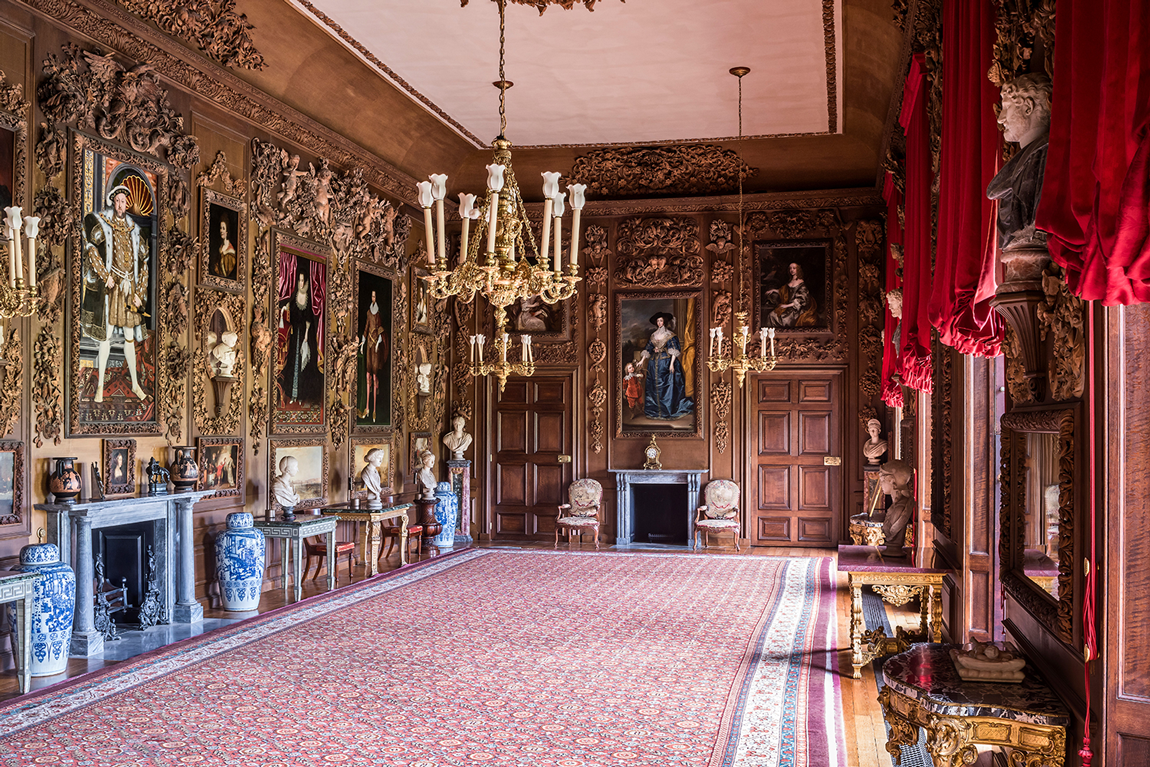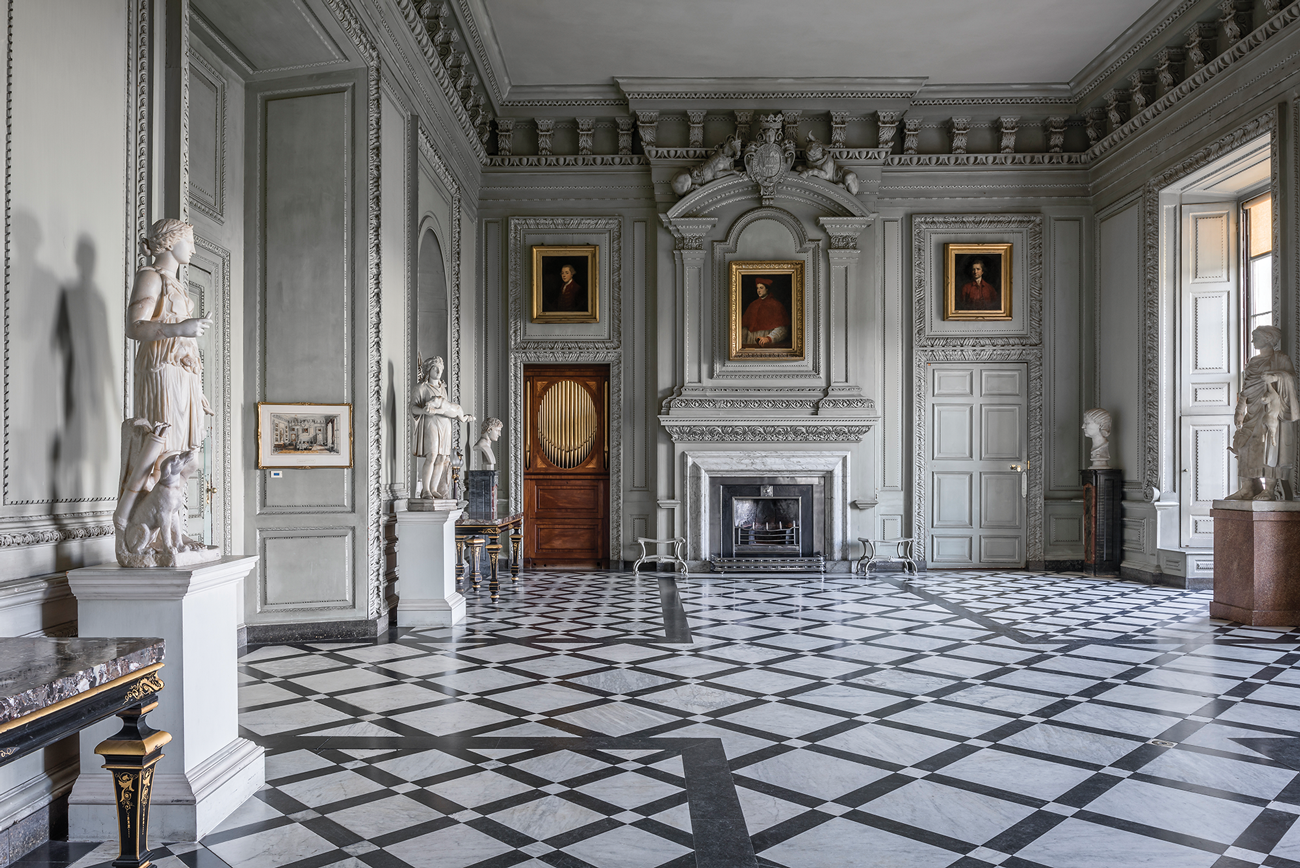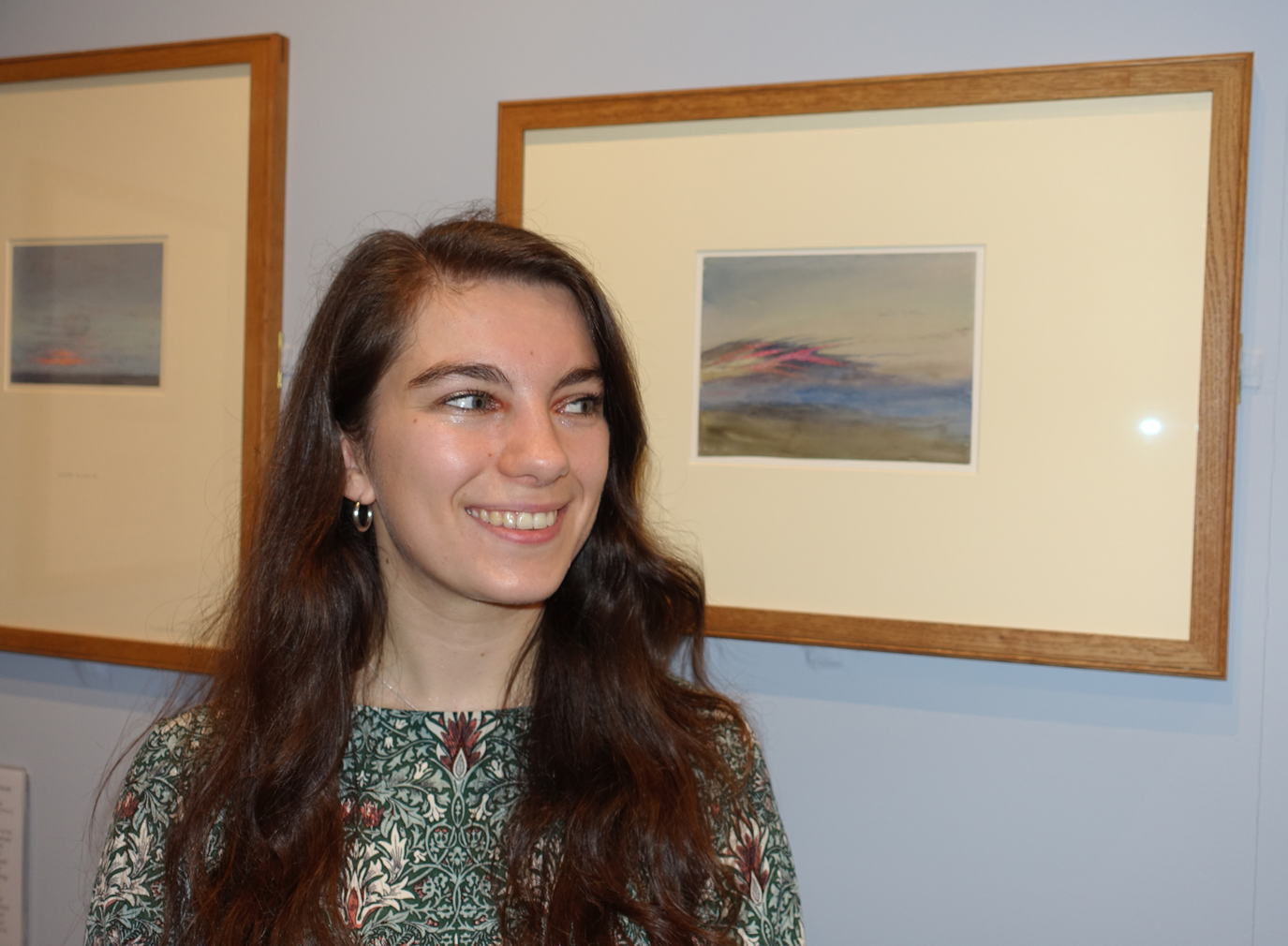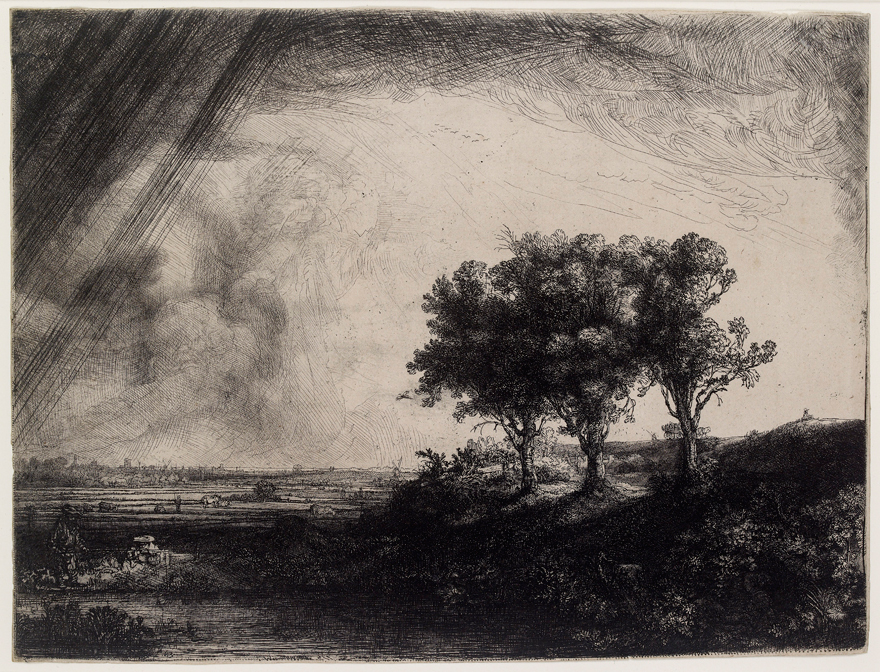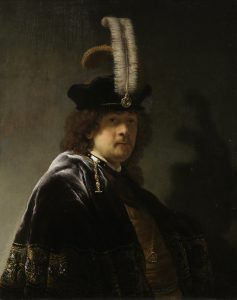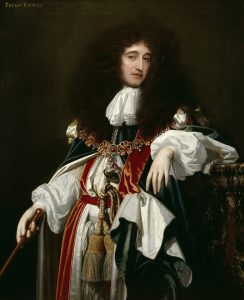
2020 marked the 75th Anniversary of the end of the Second World War. We reflected on the courage, duty and sacrifice of a generation united by their common story. They worked and fought for what Winston Churchill described as “…the victory of the cause of freedom in every land”.
In the face of a global pandemic the men and women of our NHS reminded us that these qualities are still at the heart of our nation.
Our shared experience of Covid-19 has renewed our common story. A story of joys and sorrows. I have been humbled by the resilience of people and generosity of spirit towards those in need. Communities rose to the evolving challenges. In the face of adversity and separation from loved ones there was a sense of genuine care for others.
There can be no doubt that the government’s intelligent, fast and evolving action to support businesses will have preserved the corner stones of Britain’s economy and a huge number of families’ livelihoods and homes.
Amongst the silent majority there seems to be an intentional renaissance, a real shift towards the importance of supporting local shops, businesses and community.
A nation is defined by its history, heritage and the arts. This year has brought huge challenges to this important aspect of our lives. And yet there have been triumphs too. Andrew Loukes has won much acclaim for the National Trust through his curatorial flair at Petworth over many years. He once again attracted national attention with his sell out exhibition Turner and the Thames, at Turner’s House in Twickenham. David Beevers launched A Prince’s Treasure, an exhibition of international importance which continues at The Royal Pavilion, Brighton. The positive economic impact of the arts and heritage on our economy is often misunderstood. I hope that the government will continue to look to find imaginative ways to support this important sector of our economy which speaks into the nation’s very identity.
At Toovey’s we celebrated our 25th Anniversary with a Valentine’s night fund raiser for Chestnut Tree House Hospice – one of the many important local charities which we support.
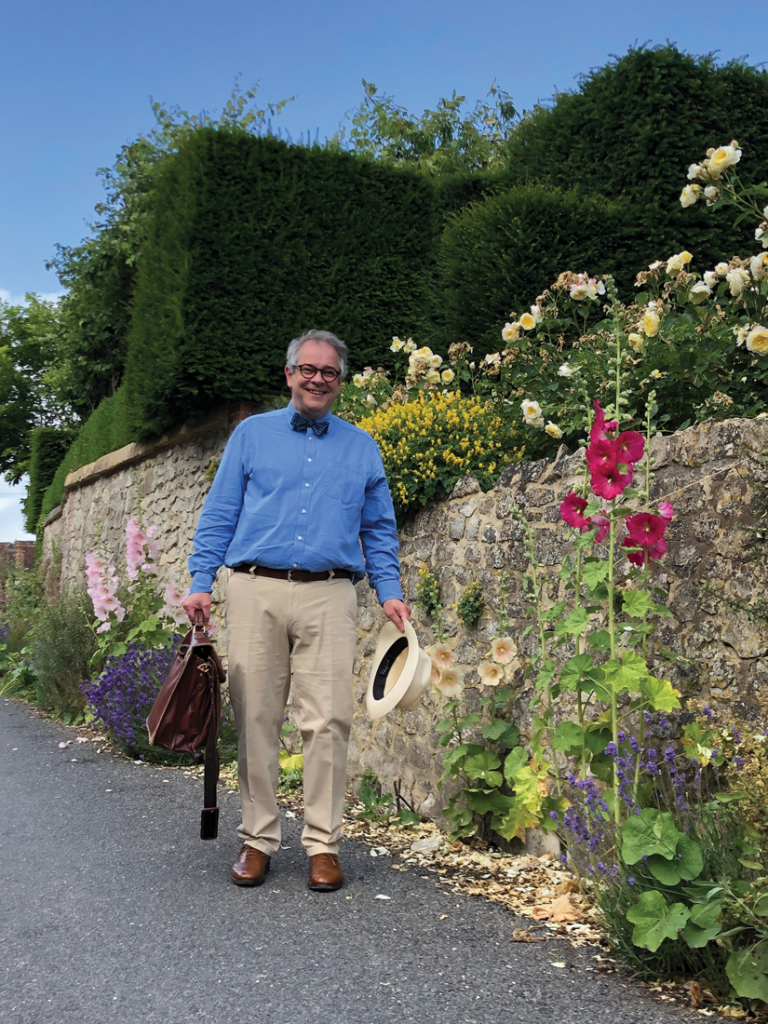
For me there is a joy to accompanying people through their art, collectors’ items and antiques. I have continued to be invited into people’s homes to value their treasures for auction and probate in a Covid-safe way.
We have gathered people at our specialist auctions, at times in person by appointment and at other points online, keeping people safe and supporting the government as the demands of Covid-19 evolves. Prices at our auctions have continued to rise throughout 2020.
Toovey’s re-opens on the 4th January 2021 with an exciting calendar of winter specialist auctions. I feel optimistic about the coming year and look forward to welcoming you in person or online.
It remains for me to wish you and those you love a Happy New Year.
